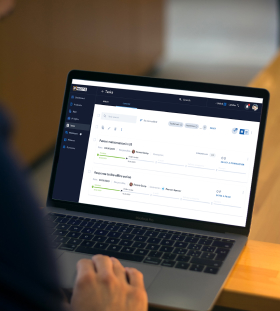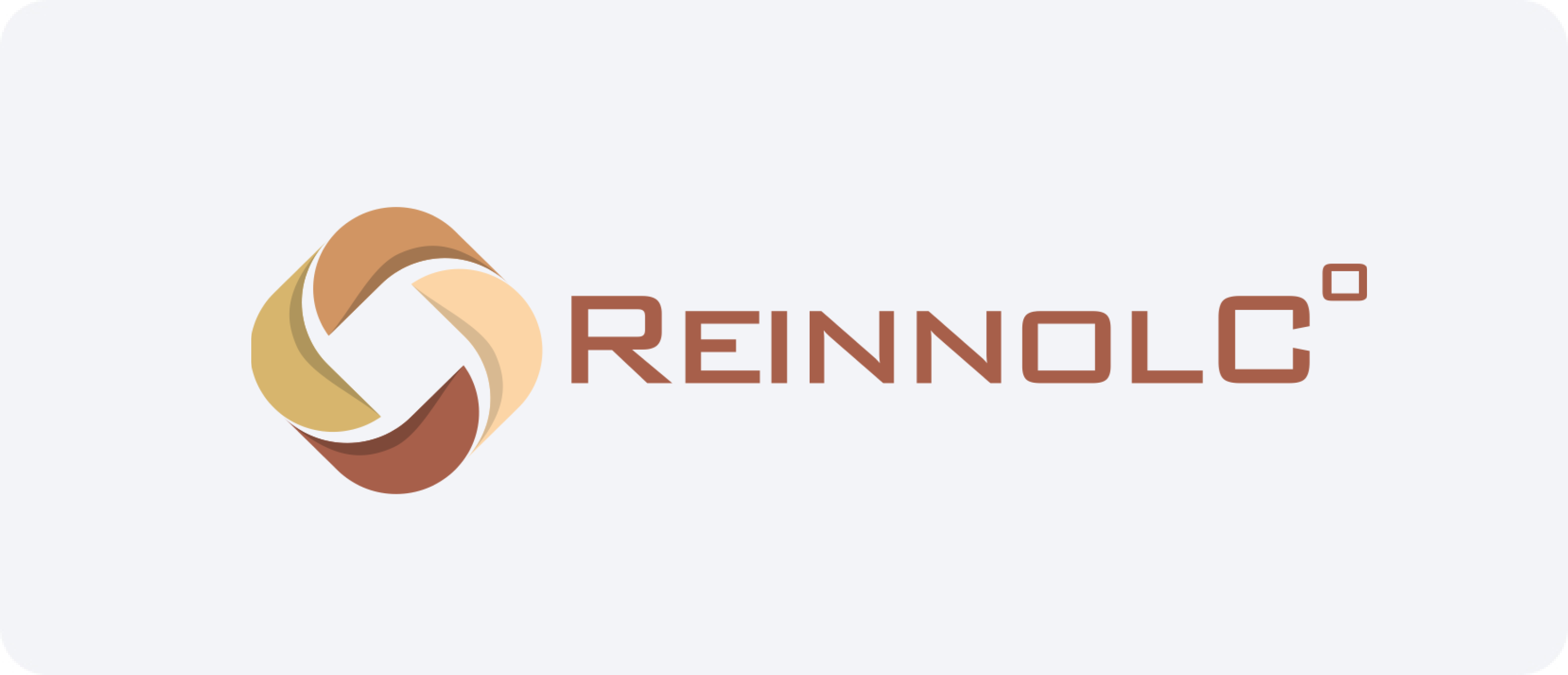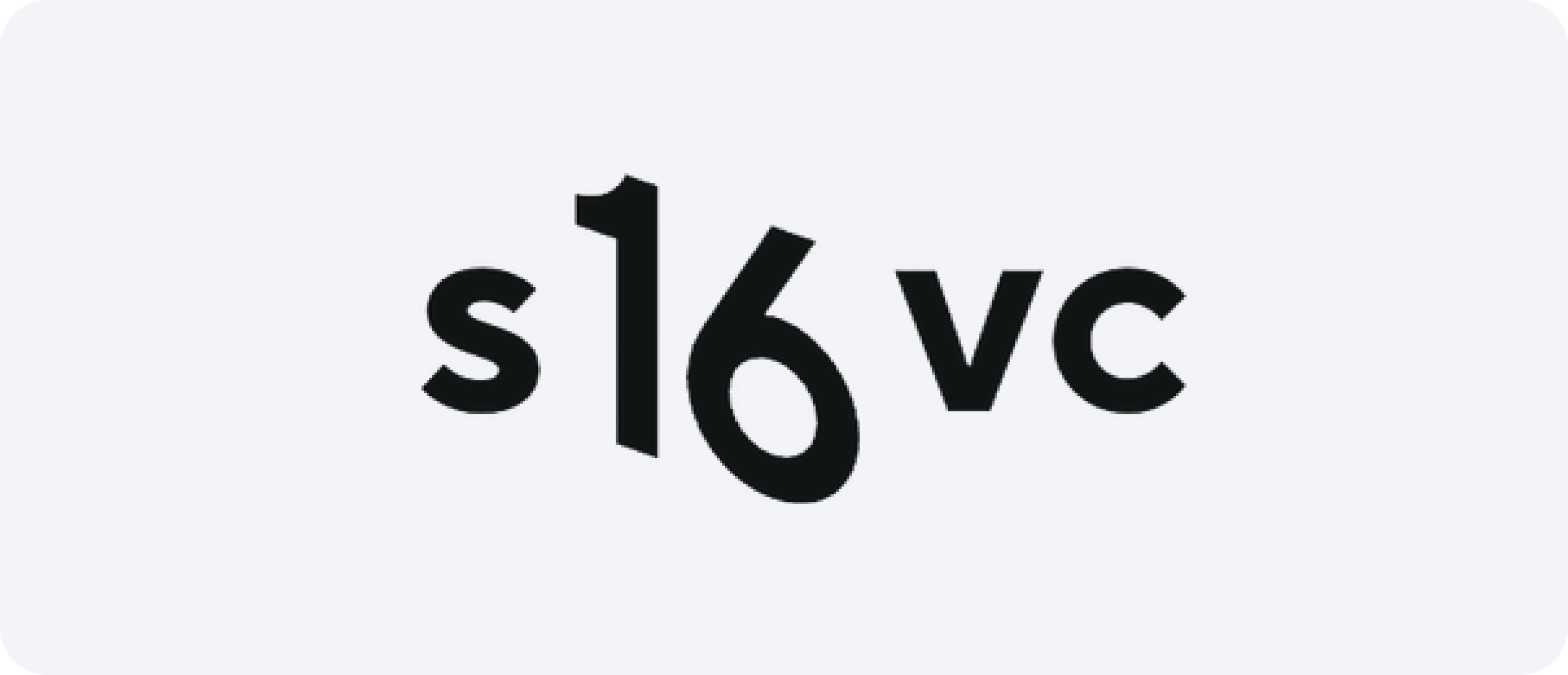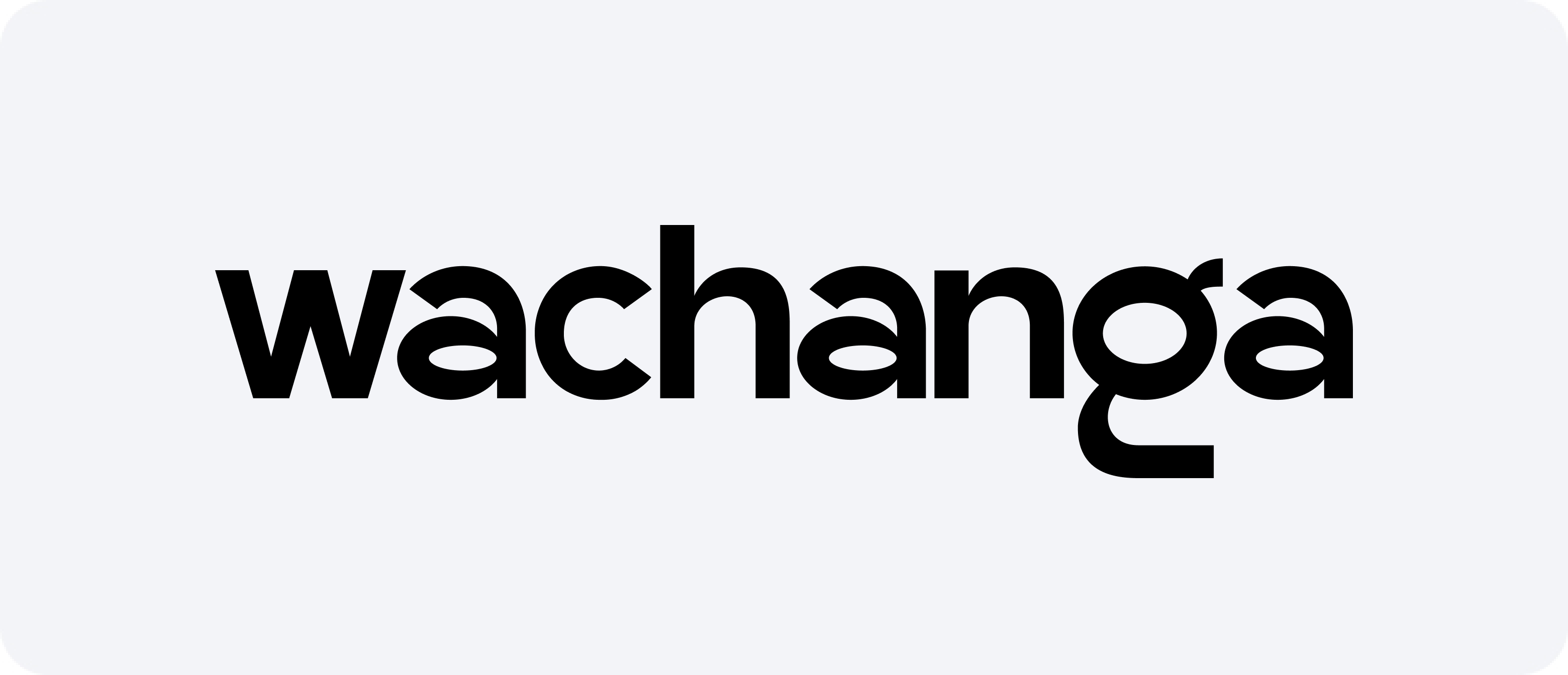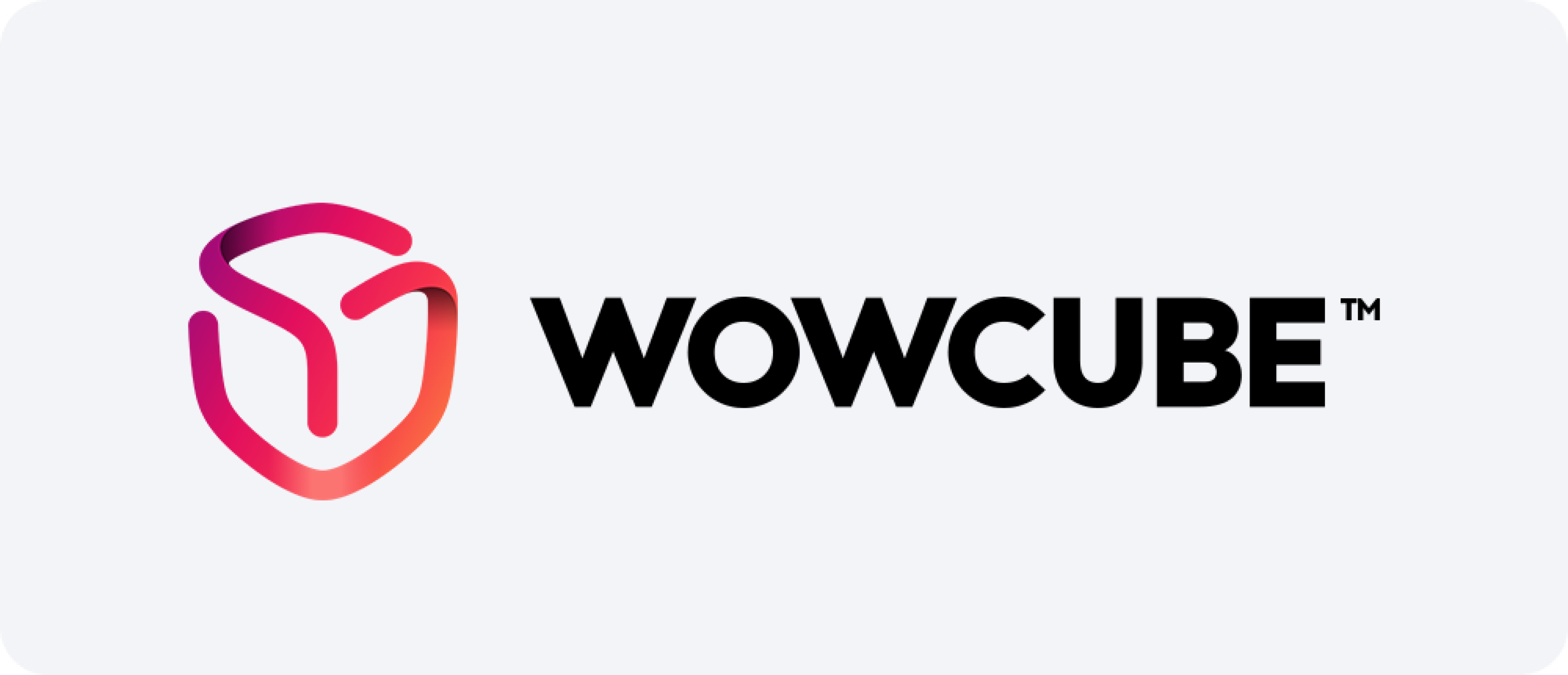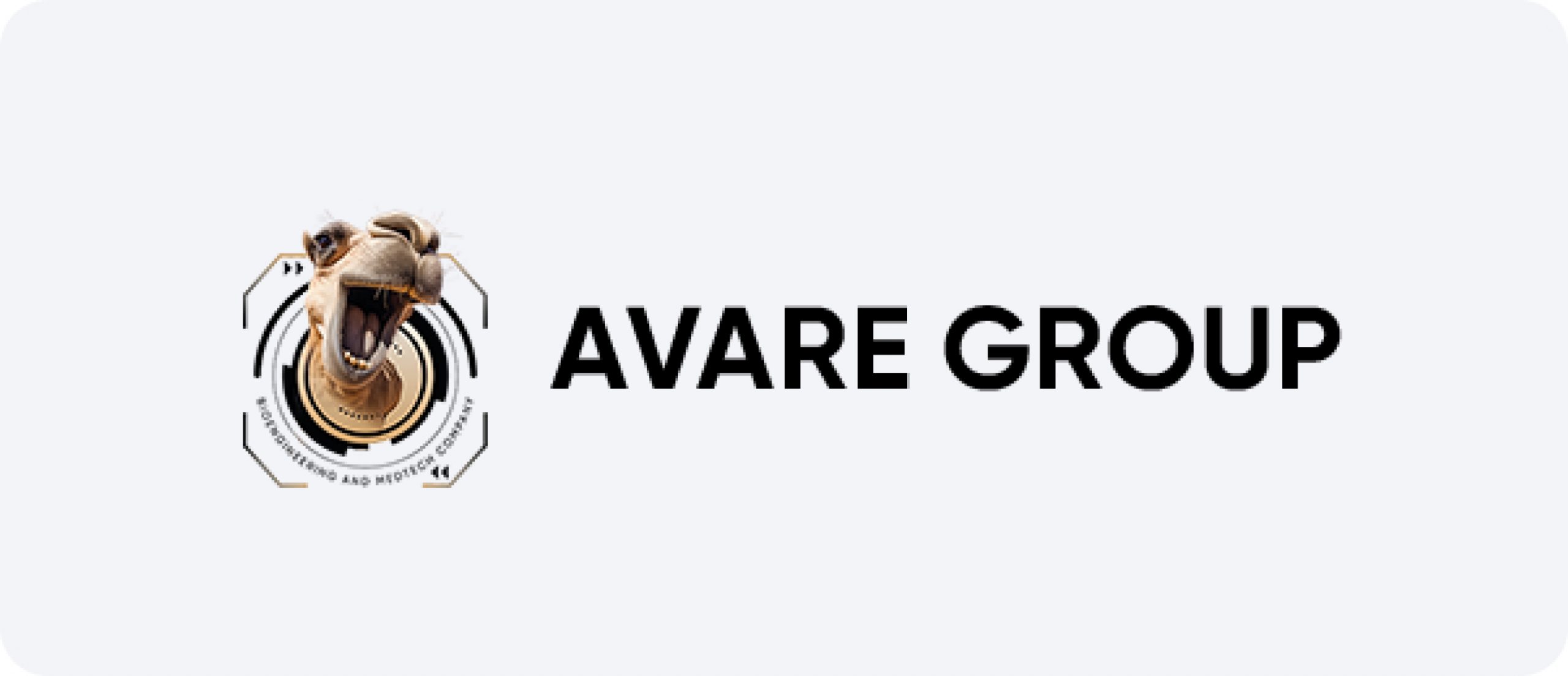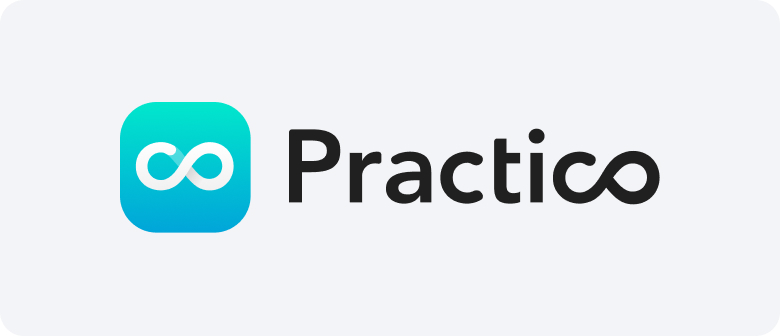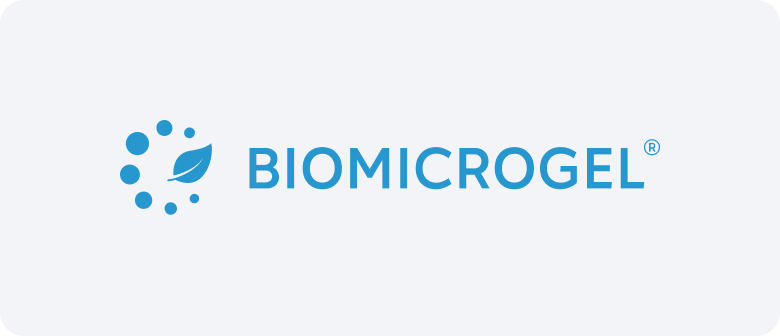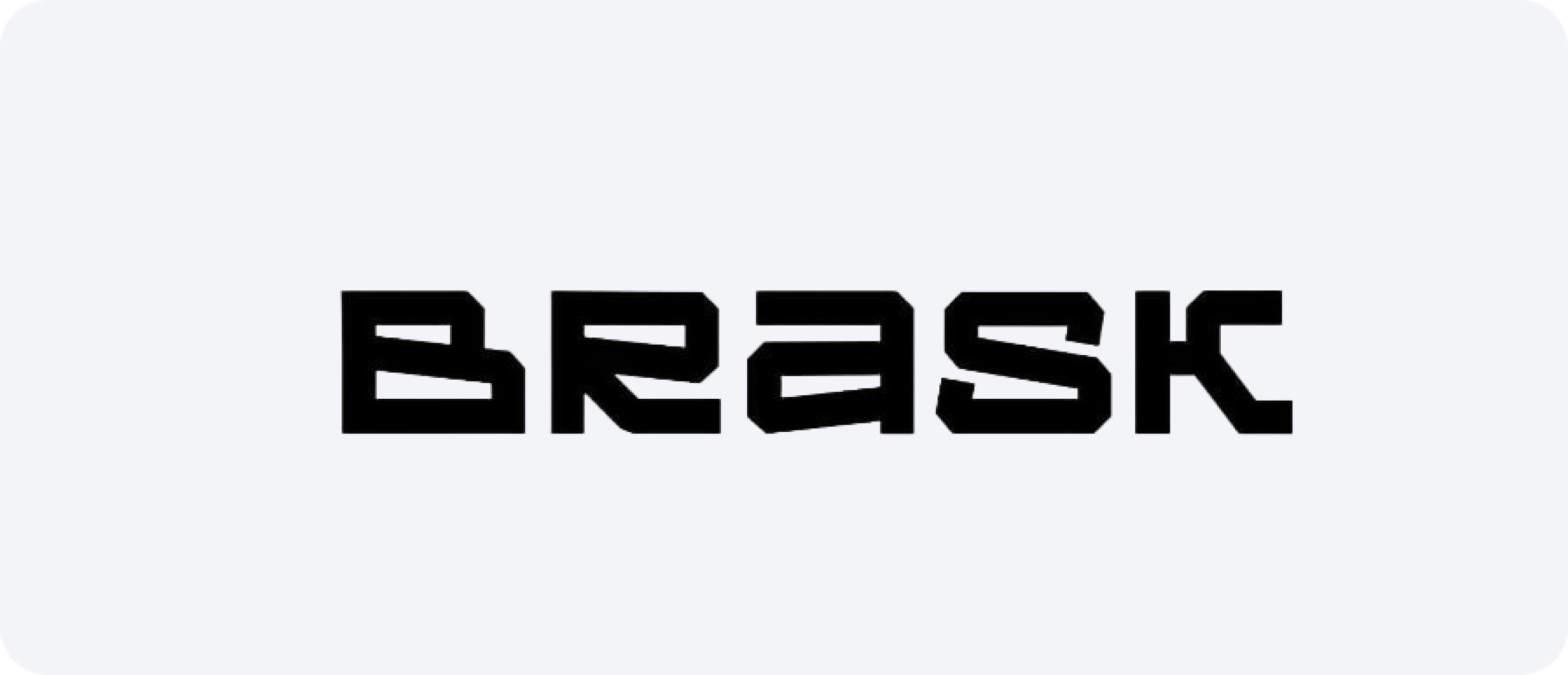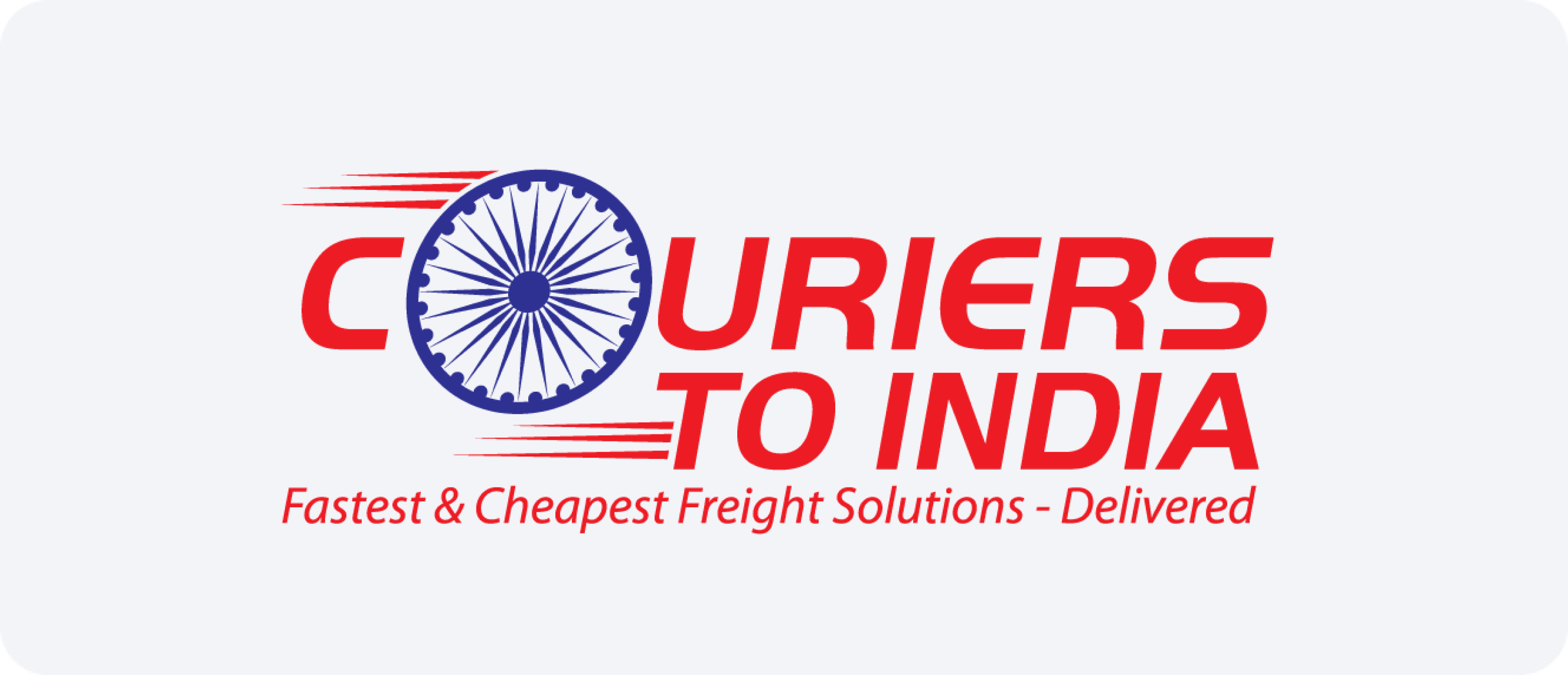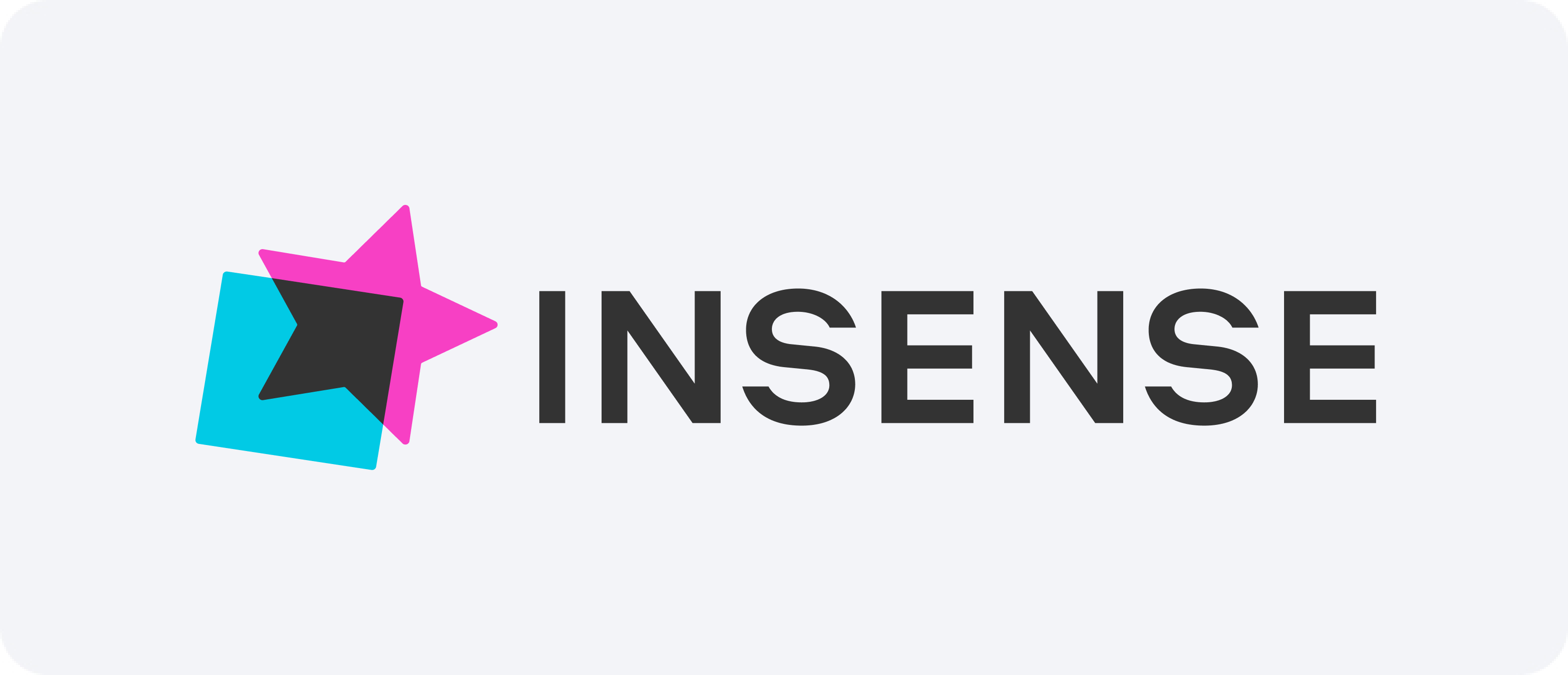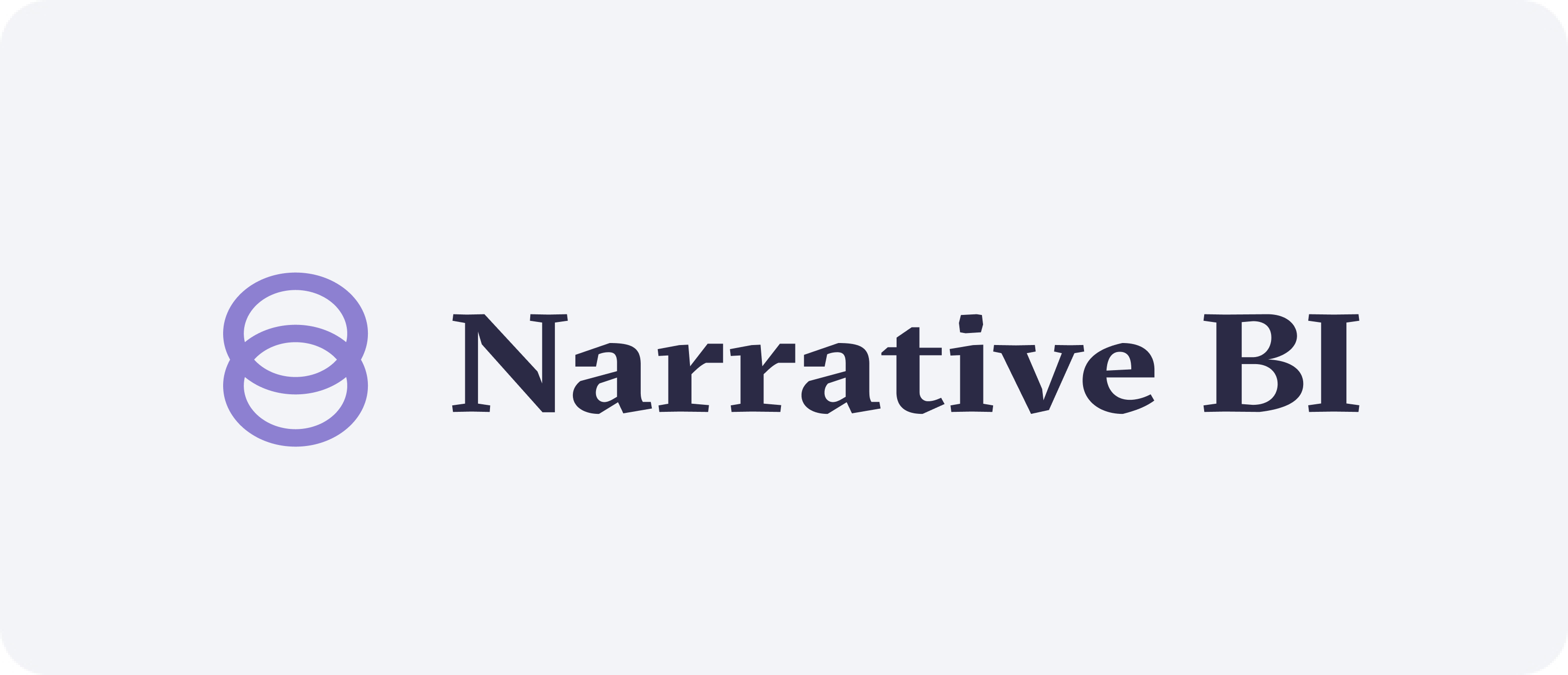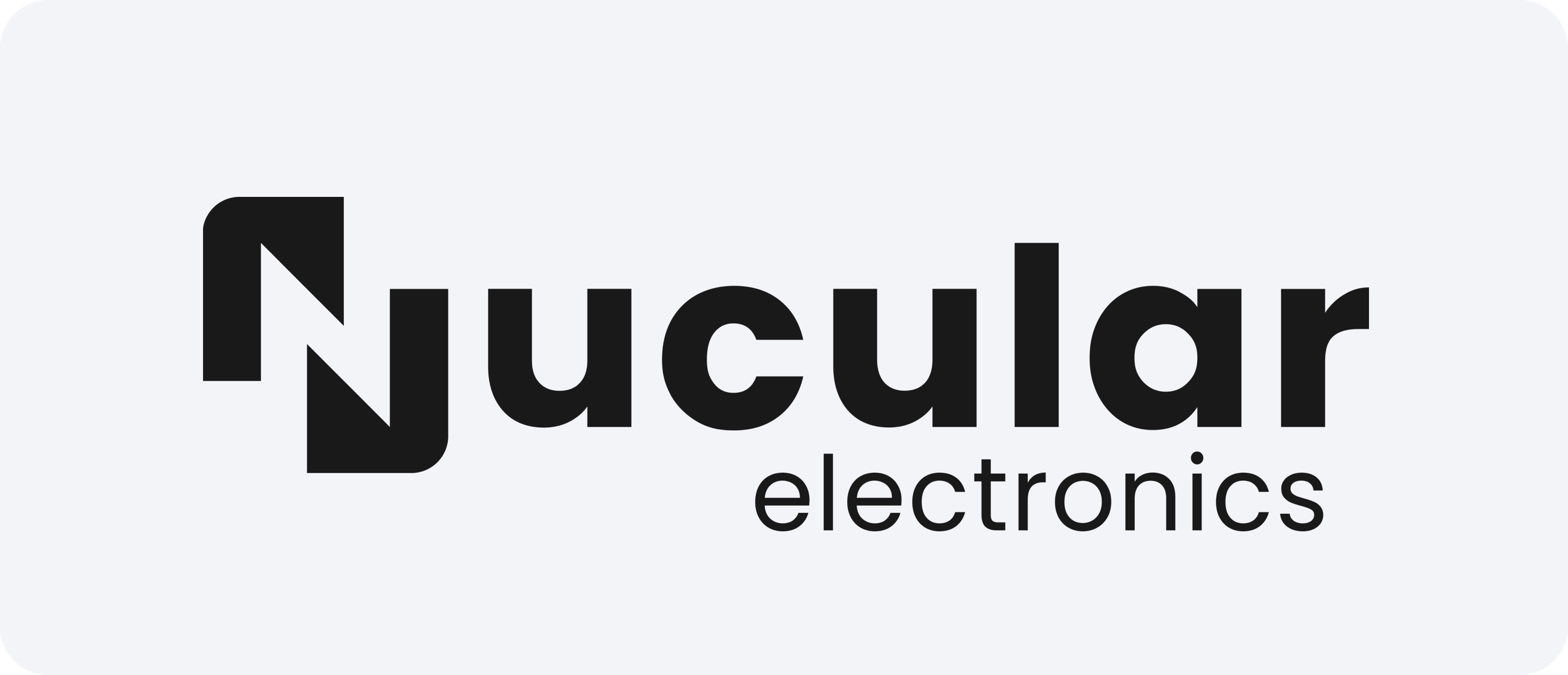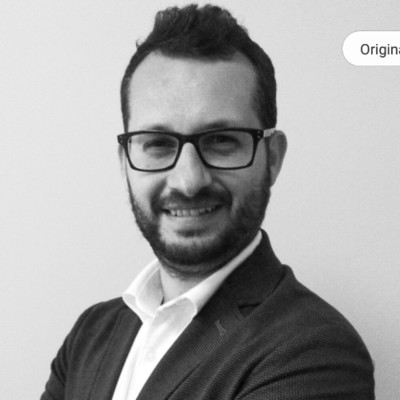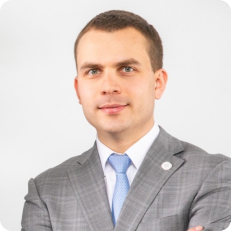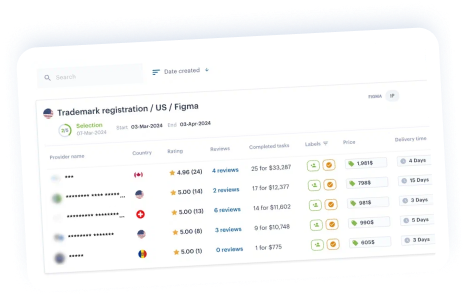商標出願
この段階には、あなたのビジネスに合わせた商品とサービスのリストの作成、申請書と委任状の入念な記入、電子申請、政府手数料の処理が含まれます。



この段階には、あなたのビジネスに合わせた商品とサービスのリストの作成、申請書と委任状の入念な記入、電子申請、政府手数料の処理が含まれます。







-
数分以内に詳細な割り当てを作成するのに役立つ AI 搭載の IP アシスタント。
-
特定の基準に基づいて最も適切な現地商標弁護士を選択します。
-
弁護士による商品・サービスの審査、相談、申請手続き。
-
プロセス全体を通じてプラットフォーム上でオンライン監視とレポートを実行します。

-

150か国以上から800以上の知的財産法律事務所、ランキングとレビュー
-

タスクの作成と関連する弁護士の検索を支援する AI 搭載の IP アシスタント
-

定額料金、安全で迅速なオンライン決済、結果保証
-

すべてのケースの登録プロセスとオンラインデータストレージに24時間365日アクセスできます

How to File a Trademark Application Worldwide
Filing a trademark application is a strategic step for companies aiming to protect their brand identity across global markets. As international trade and e-commerce continue to expand, businesses are increasingly recognizing the need for protection not only in their home countries but also globally. Understanding the essential aspects of registration can significantly reduce risks and enhance brand value.
Understanding the Basics of Protection
A trademark distinguishes goods or services of one entity from those of others. It may consist of words, logos, slogans, or a combination of elements. The application process involves submitting a request to a designated national or international authority. Successful registration ensures legal protection and exclusive rights to use the mark in connection with specified goods or services.
There are different paths to register a mark internationally. The most common include:
- National approach in each target country
- Regional systems (e.g., European Union Intellectual Property Office)
- International approach via the Madrid System administered by the World Intellectual Property Organization (WIPO)
Each route has its own procedures, timelines, and requirements. Choosing the right strategy depends on your business expansion plan and available resources.
Key Steps in Filing Worldwide
To ensure success when you ファイル globally, follow these essential steps:
1. Conduct a search – Check existing databases to avoid conflicts.
2. Determine your strategy – Decide between national, regional, or international systems.
3. Prepare the necessary documentation – Include a clear image or representation of the mark, list of goods/services, and applicant information.
4. Choose a qualified lawyer – Professional guidance ensures compliance with legal standards and increases the chance of approval.
5. Submit the application – You can do this オンライン through the appropriate office or WIPO system.
6. Pay the applicable fee – ザ 料金 varies by jurisdiction and scope of protection.
7. Track the status – Monitor progress and respond to any office actions or objections.
Each jurisdiction may have unique requirements, but following these general steps provides a strong foundation for international protection.
Benefits of International Approach
Expanding rights beyond national borders provides several advantages:
- Legal protection in foreign markets
- Deterrence against infringement
- Enhanced brand recognition and value
- Simplified dispute resolution
The Madrid System offers efficiency by allowing a single application to cover multiple jurisdictions, reducing administrative burden and total cost expenditures. This method is especially suitable for companies targeting global markets.
Factors Affecting the Cost
Several variables influence the total cost, including:
- Number of countries or regions
- Type of goods/services listed
- Use of a professional service
- Government cost structures
- Legal attorney assistance
Working with an experienced IP expert helps avoid costly mistakes and ensures accurate classification of goods and services.
Summary: Start Strong with the Right Approach
Successful international protection begins with a clear plan and proper execution. Whether using national offices, regional organizations, or the WIPO Madrid System, understanding the steps and potential obstacles allows businesses to build a solid intellectual property foundation.
Don't underestimate the value of a strategic trade mark registration. Global brand protection is a critical investment that supports growth and safeguards assets across diverse markets.
